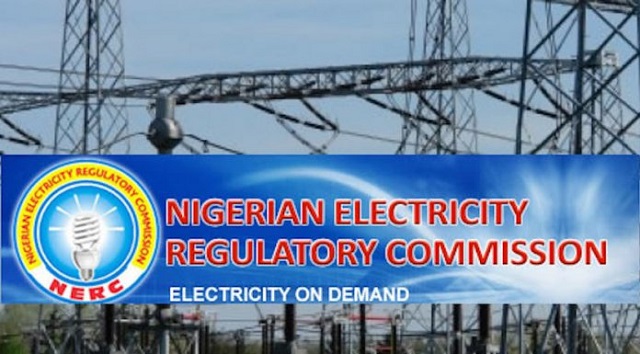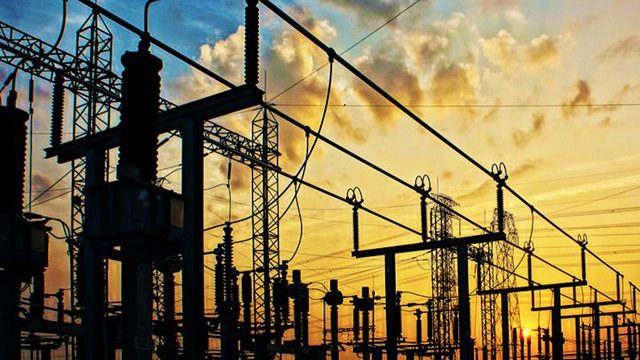The altercation between the Nigerian Electricity Regulatory Agency (NERC) and the Nigerian Electricity Management Services Agency (NEMSA) caused by their seeming overlapping statutory mandates has drawn the attention of the Ministry of Power, THISDAY has learnt.
It was gathered that the long-drawn disagreement over the control of certain aspects of the electricity industry in Nigeria, especially the use of 33KV lines, resulted in the hot exchange of correspondences between the two government agencies.
While NERC is the overall regulatory agency for the electricity industry, NEMSA carries out the functions of enforcement of technical standards and regulations, technical inspection, testing and certification of all categories of electrical installations, electricity meters and instruments.
But NEMSA drew the ire of NERC after the agency restrained the 11 Distribution Companies (Discos) from directly connecting power users’ facilities to 33KV primary feeder lines.
However, NERC ordered the Discos to continue to ignore the organisation, noting that NEMSA which cited security concerns had no such powers to make the directives.
NERC noted that: “Therefore, the ‘directive’ of NEMSA banning 33/0.400KV point load connection is not backed by any regulation and hence is of no effect.”
THISDAY learnt that in a meeting to settle the brewing crisis, the Minister of Power, Mr. Sale Mamman, allegedly sided with NEMSA and asked NERC to back off, saying the regulator was encroaching on the functions of the standards enforcer.
Mamman, was said to have been riled that NERC allegedly usurped the inspection and technical standards function of NEMSA , in contravention of the law setting it up, adding that all technical tasks are to be carried out by NEMSA.
Although the minister was not specific on the areas of conflict between the two government agencies, he alluded to brokering the peace meeting which was also attended by the Permanent Secretary , Ministry of Power, Mrs. Didi Walson-Jack, Technical Adviser, Strategic Coordination to the minister, Dr. Nurain Hassan Ibrahim and some directors.
Mamman said on his official Twitter handle that the meeting was held “with the chairman of @NERCNG and MD of @NEMSA_Nigeria to resolve the issue of conflicting directives on Discos connecting point load customers to 33kv primary feeder lines.”
“The HMP emphasised the need for both agencies to adopt a collaborative approach. He restated that H.E, President @MBuhari expects us to work together to achieve the same common goal of serving the Nigerian people by giving them clean, safe, reliable, and affordable electricity.
“Both agencies pledged to work together to resolve any perceived differences amicably, without causing any distress to the Nigerian Electricity Supply Industry”, the minister noted.
The General Manager, Public Affairs, NERC, Dr. Usman Abba-Arabi, neither responded to calls nor replied a text message to shed more light on the matter. The Special Adviser, Media to the minister, Aaron Artimas, did not also pick up his calls.
Managing Director, NEMSA, had however, made it clear that affluent Nigerians and companies that arbitrarily arrange with Discos to be connected to high-capacity 33 KV power supply feeder lines would no longer be allowed to do so.
He said that such act affects the quality of supply to other Nigerians within the networks, often leaving less volume of electricity for other consumers.
“This has led us to issue directives in the power sector for the enforcement of technical standards, specifications and regulations. One of them is that you can no longer use 33kv primary feeder line that’s supposed to carry power from transmitting station to 33/11 KV injection substations.
“They are supposed to carry power to substations, which will produce 11/415. We have issued a directive. In line with regulations and resolution of the National Council on Power, there are minimum sizes of conductors for primary and secondary distribution.
“People in the 11 KV platform don’t have more than two or three hours of supply. No matter the effort, if power don’t get to the people, then all efforts are in vain. The regulation does not allow 33kva line for secondary distribution” he warned.
Source: THISDAY






